As climate change intensifies, costs of food production increases. In this context molecular agriculture emerges as a trend that, at first, may seem very far from our present, but which is already a reality.
Before starting to explain everything about this topic, it is important to know that this article is part of a series of five texts where we will explain the following topics: molecular agriculture, CRISPR, GMO (yes, transgenics), precision fermentation and cultured foods.
As we see in our poll on Linkedin, most people are still confused about what each term means:
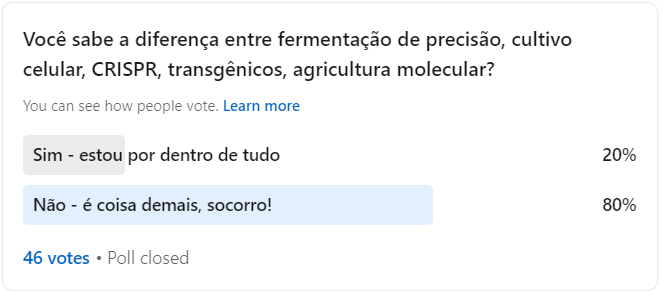
“Do you know the diffence between precision fermentation, cell culture, CRISPR, GMO, molecular agriculture?” 80%: no – it is too much, help me!
What is molecular agriculture?
Traditional agriculture has existed for around 12,000 years and is much easier to understand: plant a seed in healthy soil, irrigate it, protect against pests and, at the right time, harvest and consume. Molecular agriculture is another story.
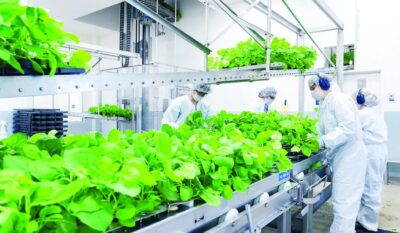
This technology basically consists of engineering plants to produce proteins or other molecules of interest. It is different from cell-cultured foods because it is not about taking animal cells and multiplying them in the laboratory, it is about using plants as bioreactors so that they multiply cells with the molecules of interest.
For example, molecular farming can be used to produce dairy proteins identical to those found in cow’s milk (in essence), making dairy products by “milking” a plant instead of a cow.
To clarify even more, let’s summarize: the idea is to genetically modify plants so that their cells become the factories of the desired molecule.
When does molecular agriculture come on the scene?
This form of food production is already being seen as one of the best ways to change our food system, moving away from animal products with a high carbon footprint towards more sustainable alternatives.
Moreover, the consumer market that seeks for alternatives to stop buying food of animal origin continues to grow. For you to have an idea, the global vegan market earned more than 44 billion dollars in 2022.
Not only that, for the production of vaccines and other necessary pharmaceuticals molecular agriculture is also a viable solution. But here we are already talking about something different: molecular pharming.
Molecular agriculture comes from the English molecular farming, whereas Pharming here comes precisely from pharma. And it refers to drugs, antibiotics and vaccines that are being developed from genetically modified plants.
Benefits of molecular agriculture:
The main benefits are the lower environmental impact compared to the production of these molecules by animals and the lower cost compared to precision fermentation. There is also the possibility of accelerating the process of plant improvement, since traditional techniques of genetic improvement can take years to develop a new variety of plant with desirable characteristics through crosses between species, whereas with molecular agriculture, it is enough to insert the genes desired directly on the plant.
And the disadvantages?
Well, like all new technology, this process is still expensive. In many cases it is necessary to have refrigeration and greenhouse installations that are still expensive to operate.
Furthermore, protein stability changes over time even with refrigeration. Molecular agriculture is also not suitable for bulk protein production. This is because the product needs to be processed immediately, as storage will cause degradation of plant tissue.
In the future, it is believed that it will be much cheaper than precision fermentation, since the costs of using plants as bioreactors are lower than those of using equipment, but productivity at the moment is still low.
Another issue that needs to be discussed is allergens. Moolec, pictured above, produces soy pork protein. How is consumption by people who want to consume pork, but are allergic to soy?
And more, how to regulate these new species that are part plant, but also part animal?
Who else is already doing
New Zealand’s Miruku is already developing dairy proteins in plants and its main objective is to provide consumers with nutritious and functional dairy products without animal origin.

Image by: Miruku
Another example is the North American business called Mozza, a company whose mission is to make cheese from plants. And, more than that, a cheese that has a flavor and texture indistinguishable from cheese of animal origin.

Image by: Mozza
Molecular agriculture lives not only from animal cells, the Israeli company Pigmentum, for example, grows high-value food ingredients such as vanillin, the substance of vanilla aroma, and even dyes using lettuce as a host.
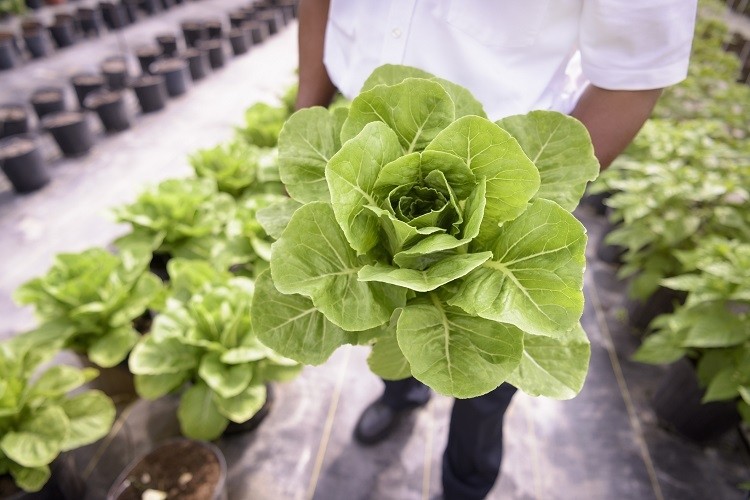
What about upcycling?
Molecular agriculture opens even more doors for upcycling.
With the combination of molecular agriculture + upcycling, many parts of plants considered waste gain a new life. What new products can we produce from these new residues? How many new combinations of molecules and plants can arise?
It’s the future knocking at our door
That is, in the future we should see products like these on the shelves of supermarkets.
This is just the first in a series of posts. Want to know what CRISPR, GMOs, Precision Fermentation and Cultured Foods are all about? Keep an eye so you don’t miss any!
Sources: VeganBusiness; Agerfundernews.com; Sifted.eu; ScienceDirect.com; GreenQueen.com; Agropos.com; TheSpoon.tech, Statista, Food Navigator


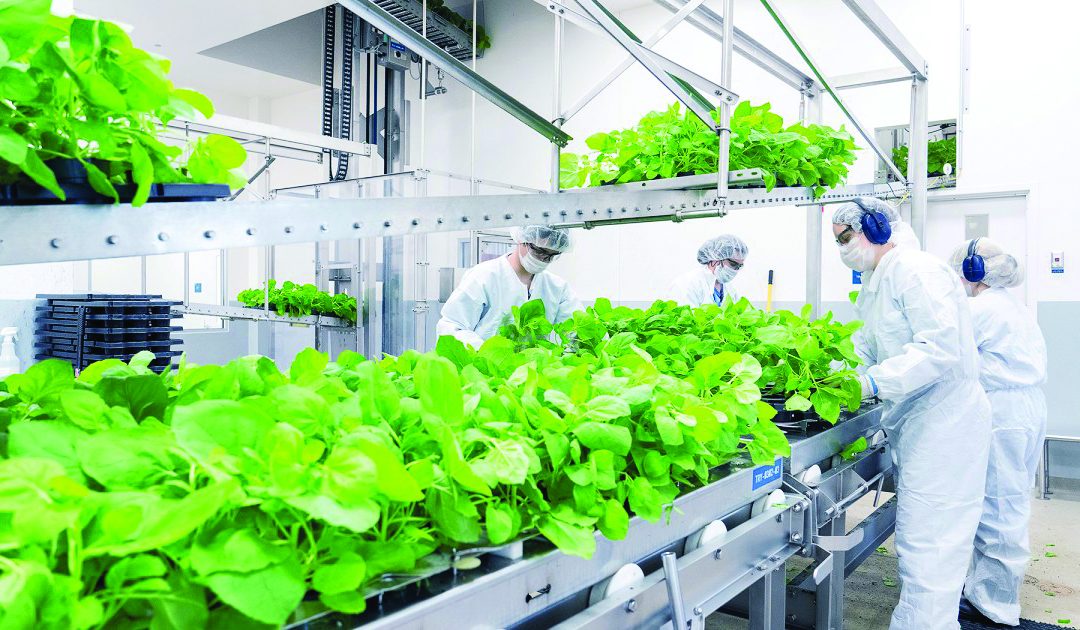
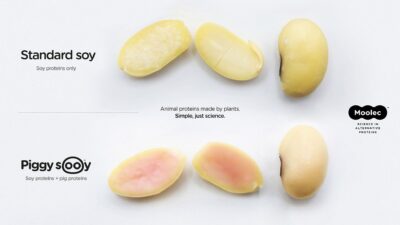
COMMENTS